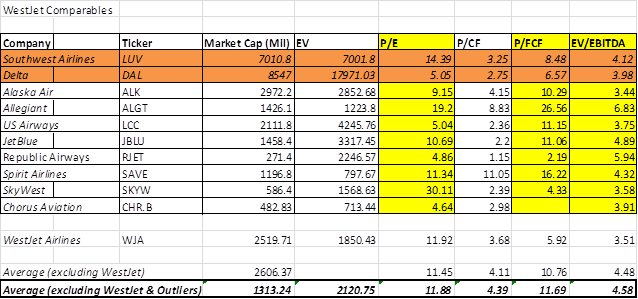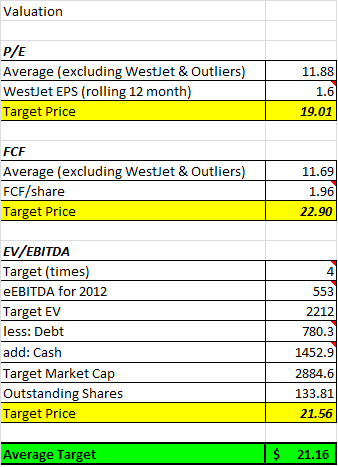After noticing the restructuring that Nokia has completed over the last few years and taking a good look at their current product line, it became clear to me that this company is turning a corner. My next step was to begin to take a look at the numbers to see if I could find quantitative support for my qualitative hypothesis. This was not an easy project as Nokia is made up of three different businesses and billions of dollars worth of intangibles in the form of Intellectual Property and Patents.
PATENTS
Nokia’s patents alone produce over $500 million in revenues per year, meanwhile the company is beginning to aggressively defend these patents in an attempt to provide even more revenue growth. These patents cover a wide range of technology and incorporate much of the many billions of dollars the firm has spent on Research and Development in the last couple of decades. Given that the firm can produce $500 million a year from their patent portfolio (current revenues from patents exceed this number substantially), and doing some financial analysis, one can conclude that Nokia’s patent portfolio on its own is worth about $1.50-$2.00 per share.
CASH
Due to lack of investor confidence, Nokia has made it a priority to cut down on some investments, decrease the size of the company’s balance sheet and raise cash. This is extremely important for a company going through restructuring and the firm has done extremely well in this area. As of December 31st, 2012 Nokia had cash and short term liquidable investments equal to $3.57 per share. This is substantial considering that the firm is currently trading at only $3.33 per share (as of 3/22/2013).
On to the meat of this case….
So, with patents worth about $1.75 per share and cash equal to about $3.57 per share, how can Nokia possibly be trading at $3.33? Well, the firm has been losing money at a growing pace for the last couple of years. However, their recent advances in the smartphone area with the Lumia 920, which is an extremely impressive phone, along with the company’s Asha line which has been selling well in Asia should provide the growth necessary to bring Nokia’s Devices and Services segment back to positive ground within the next couple of years. On top of this, Nokia’s partnership with Siemens has proven to be a success and has produced steady revenue growth. The firm recently issued a statement claiming that they expect this area, which has been producing revenues of close to $20 billion dollars a year to have operating margins of 5%-10% in the near future.
DISCOUNTED CASH FLOW ANALYSIS
With all of this data collected, I began to put together my discounted cash flow model. However, I decided that the currency fluctuations of the Euro have made it difficult to forecast future cash flows for Nokia, so I went back 10 years and normalized the firms revenues by converting each years revenues and operating profits back to US dollars using the average Euro exchange rate for that year. Growth rates and margins were dramatically different per business segment and were projected primarily through statistical analysis of historical data. My projections are actually quite conservative considering the improvement potential that Nokia has. Even with negative cash flows for the next 2 years, my analysis shows that the company’s stock is still worth over $6 per share.
What this model says is that even with negative cash flows until 2016, and conservatively projected growth and operating margins, the firm is still worth $6.15 per share. Nokia is currently priced for bankruptcy at its current market price, meanwhile the company continues to innovate and improve their competitive position. This dichotomy will not last. Nokia CEO, Stephen Elop is not trying to just gain a little bit of market share, he strongly believes that Nokia can become one of the top companies in the technology field once again.
If you enjoyed this article please feel free to donate Bitcoin. I am also available to complete consulting projects and am willing take requests for research projects in return for bitcoin.

 Follow
Follow


